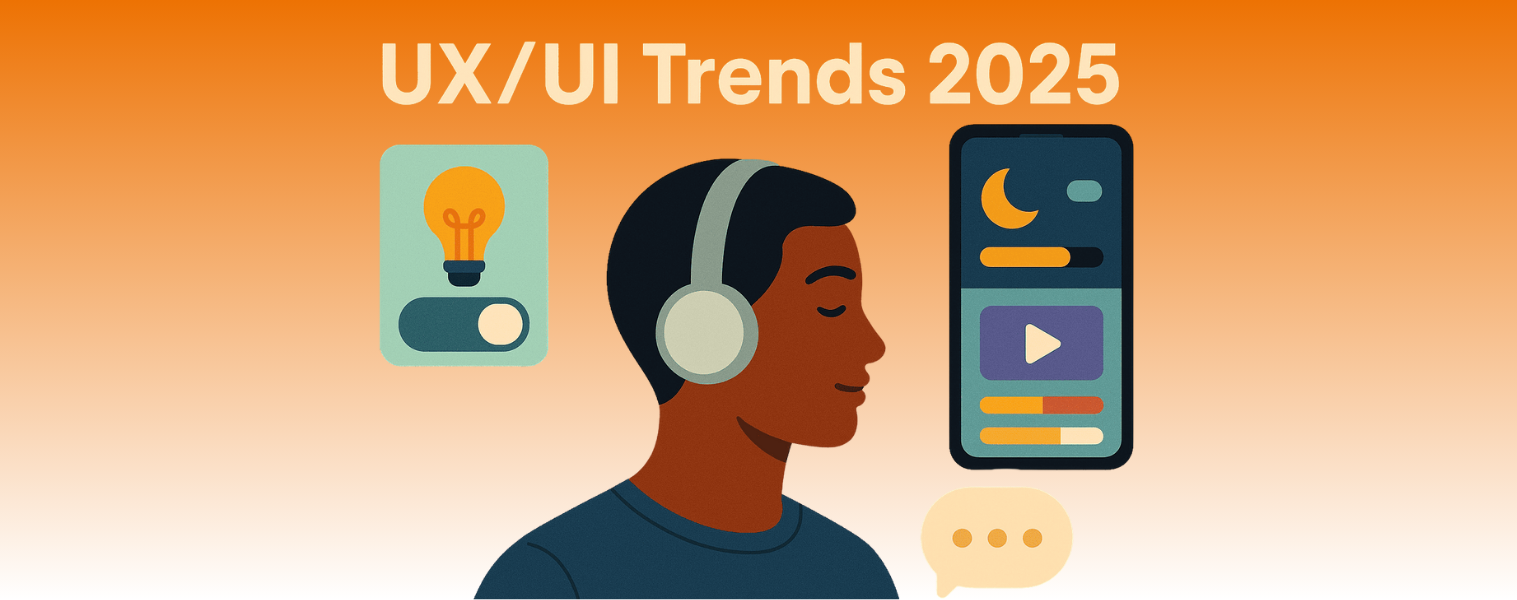
In today’s fast-paced development world, quality assurance (QA) is no longer just a final checkpoint—it’s a strategic function embedded throughout the software lifecycle. As we move into 2025, QA trends are evolving rapidly to keep up with modern development practices, user expectations, and emerging technologies.
From AI-assisted automation to low-code platforms and smarter data practices, here are the top trends redefining how teams ensure software quality. Whether you’re leading a QA team, managing product development, or scaling a digital product, these trends can help you release faster without sacrificing quality.
1. AI-Driven Testing: The Intelligence Revolution
At the forefront of QA innovation is artificial intelligence (AI)—transforming how teams test, scale, and maintain applications. In 2025, AI-powered testing tools will have shifted from being nice-to-have to being essential.
Key Capabilities:
✅ Intelligent Test Generation – AI models analyze code and requirements to automatically create test scenarios.
✅ Self-Healing Test Scripts – Scripts adjust to UI changes without human intervention, minimizing maintenance.
✅ Predictive Analytics – Machine learning identifies likely failure points before they surface in production.
Real-World Application: Microsoft Copilot for Testing
Microsoft’s Copilot for Testing has reshaped how QA teams approach automation. It can:
- Generate full test suites by scanning requirement documents and user stories
- Identify coverage gaps using bug history and usage patterns
- Auto-update test scripts when UI elements shift—reducing maintenance by up to 70%
- Suggest overlooked test cases based on real-world data
Companies like Uber and Airbnb have reported a 40% increase in test creation efficiency after integrating AI tools like Copilot, freeing up engineers for exploratory and complex testing.
🔍 Pro Tip: Start with AI in areas where ROI is easy to measure—like regression testing or test data generation—before expanding its role.
2. Shift-Left Testing: Quality from Day One
The shift-left testing movement has matured, and in 2025, it’s standard practice. By pushing QA earlier in the software lifecycle, teams prevent bugs rather than detect them late.
Core Practices:
✅ Requirements Phase Testing – Validating specs before coding starts, using acceptance criteria and peer reviews.
✅ Developer-Led Testing – Embedding QA into daily coding tasks, with unit tests, pair programming, and test-driven development (TDD).
Case Study: Spotify’s Testing Guild
Spotify’s “Testing Guild” model exemplifies shift-left in action:
- QA leads are embedded in dev squads from project kickoff
- “Three Amigos” sessions (developer, tester, product owner) validate stories pre-sprint
- Developers write automated acceptance tests before implementation
- Tools like TestContainers support integration testing early in the pipeline
This proactive approach reduces rework, shortens feedback loops, and builds quality in, rather than testing it later.
3. Low-Code/No-Code Testing: Democratizing QA
The rise of low-code and no-code testing platforms is democratizing quality assurance by enabling non-technical team members to participate directly in the testing process.
Platform Features:
✅ Visual Test Builders – Drag-and-drop tools for building workflows
✅ AI-Assisted Test Creation – Auto-generates tests from application behavior
✅ Natural Language Inputs – Write test cases in plain English
✅ Cross-Platform Testing – Run tests across mobile, desktop, and web apps without custom code
Implementation Example: Salesforce
Salesforce has adopted low-code tools to empower business users and analysts:
- Provar enables analysts to build end-to-end tests without coding
- TestSigma allows subject matter experts to validate business flows in plain English
- Leapwork offers a flowchart interface for citizen developers to maintain tests
- Testim helps cross-functional teams capture scenarios via its AI recorder
This approach closes the skills gap, speeds up feedback, and improves test coverage across departments.
4. API and Microservices Testing: Ensuring Distributed Reliability
Modern applications rely heavily on microservices and APIs—making their testing a discipline of its own. In 2025, robust microservices testing is critical to ensuring system resilience.
Advanced Testing Techniques:
✅ Contract Testing – Tools like Pact verify interface compatibility between services
✅ Chaos Engineering – Intentionally introduces failure (e.g., with Chaos Monkey) to test resilience
✅ Service Virtualization – Simulates dependencies not yet available or too costly to test against directly
✅ API Security Testing – Automated scans for common vulnerabilities like injection attacks
Case Study: Netflix
Netflix’s microservices testing strategy sets the bar:
- Uses Chaos Monkey to randomly kill services in production—testing real-world fault tolerance
- Leverages WireMock for third-party API simulation
- Employs a GraphQL testing layer to validate data flows across microservices
- Runs API versioning tests to ensure backward compatibility during updates
These practices enable 99.99% uptime and thousands of safe deployments daily.
5. Smarter Test Data Management: Strategic, Compliant, Scalable
In 2025, managing test data effectively is just as important as writing the tests themselves—especially with growing regulatory pressures like GDPR and CCPA.
Key Trends in Test Data Management:
✅ Synthetic Data Generation – Produces realistic, privacy-compliant test data
✅ Data Virtualization – Simulates full datasets without the storage overhead
✅ On-Demand Environments – Spins up test environments with version-controlled data snapshots
✅ Compliance-Aware Data Masking – Preserves data patterns while anonymizing sensitive fields
Case Study: JPMorgan Chase
JPMorgan Chase’s internal test data platform demonstrates best practices:
- AI-powered tools create synthetic financial datasets that reflect real user behavior
- GDPR/CCPA-aligned masking ensures data privacy in dev and QA environments
- Database virtualization cuts storage costs by 85%
- Containerized environments give testers reproducible, isolated setups with consistent data
This strategy supports thorough testing at scale while maintaining compliance and performance.
Why These QA Trends Matter in 2025
Modern QA practices are reshaping not just testing, but the entire product development lifecycle. Here’s how:
🚀 Faster Releases – CI/CD pipelines with embedded QA reduce release delays
💡 Fewer Bugs in Production – Early defect detection cuts rework and improves reliability
🔒 Better Security – Automated scanning helps catch issues before deployment
🤝 Improved Collaboration – QA, dev, and ops teams work more closely than ever
💰 Cost Efficiency – Automation and smarter tooling reduce long-term QA spend
📱 Enhanced Customer Experience – Stable, performant software leads to happier users
Want more on how to bring these benefits to your team? Explore our custom QA and software testing services or check out this post on why investing in automation is essential (← internal link placeholder).
Final Thoughts: The QA Role Is Evolving—Fast
In 2025, QA is no longer just about finding bugs—it’s about enabling quality at speed across distributed teams, platforms, and architectures. Trends like AI-driven testing, shift-left approaches, low-code platforms, and API test automation are making QA more proactive, collaborative, and intelligent.
🔔 Ready to modernize your QA practice?
Let’s talk about your software testing strategy or schedule a discovery call to see how we can help you adopt these trends with tools and workflows tailored to your tech stack.






